Silicosis is a pathological condition of lungs, which is caused by inhalation of silica. This condition develops after exposure to silica dust over time. It can be a fatal condition, or it can cause long term health problems, such as COPD, due to scaring (fibrosis) of the lungs.
What is silicosis?
Silicosis is a pathological condition of lungs, which is caused by inhalation of silica. This condition develops after exposure to silica dust over time.
It can be a fatal condition, or it can cause long term health problems, such as COPD, due to scaring (fibrosis) of the lungs.
Why and how is this important to me?
Along with this being vital to the health and safety of your employees, the HSE are beginning a targeted inspection initiative, from October 2022, to focus on ensuring businesses have effective control measures in place to protect workers from exposure to silica dust.
Which industries are affected?
The main industries affected are:
- Stone masonry and stone cutting – especially sandstone
- Construction and demolition – as a result of exposure to concrete and paving materials
- Kitchen worktop manufacturing and fitting
- Pottery, ceramics and glass manufacturing
- Mining and quarrying
- Sand blasting
Respirable crystalline silica (RCS) is found in stone, rocks, sands and clays. But all manual industries may have some exposure.
What does it do to humans?
Exposure to silica through inhalation allows the silica dust to enter the lungs and causes fluid build-up, swelling and scar tissue within the lungs and reduces an individual’s ability to breathe.
Once the damage has been caused it is, regrettably, irreversible.
Like other chronic lung conditions, such as asbestosis, the symptoms of exposure to silica do not usually become evident for 10 – 20 years after your exposure. Symptoms can happen earlier, but this is less common.
The resultant conditions may be fibrosis (scarring) of the lungs, COPD (chronic obstructive pulmonary disease), or lung cancer.
Exposure to silica is usually associated with manual employment, your employees can also have exposure to HAV (Hand Arm Vibration) risks at the same time as well as MSDS (musculoskeletal disorders).
How can we control exposure?
The main elements for the control of exposure should be determined by your own risk assessment. However, general guidance can be to:
- Avoid cutting or grinding if possible – or automate it in an enclosed machine
- Have well maintained and suitable LEV (Local Exhaust Ventilation)
- Have well maintained machines and grinding plates/cups
- Ensure staff are well trained in the use of equipment
- Explain the health risks to each user
- Provide appropriate PPE (personal protective equipment)
- Provide training on the use of any RPE (respiratory protective equipment)
- Do not dry sweep any residual waste – use vacuum or wet cleaning
Consider health surveillance?
Health surveillance is a risk-based scheme of repeated health checks for the early identification of ill-health caused by work e.g., silicosis.
- You should not use health surveillance instead of doing a risk assessment and using effective exposure controls
- You should feed results from health surveillance into your risk management system
- Where work-related lung disease due to RCS exposure is identified in a worker, you must review your risk assessment and controls, considering any advice given, for example, by an occupational health professional
- Health surveillance is not the same as health promotion or health screening
Employment and training records
Along with health surveillance you need to ensure that:
- You have good induction records
- Training records – both for the equipment/LEV/RPE – especially when to replace filters
- Records of any face fit testing – who did it, when, and confirm that the user understands the training
- Consider keeping a record of all filter changes and RPE replacements
- Records of any sickness absence
- Consider completing a health assessment when the employee leaves you – consider spirometry tests at the start and end of employment
- Records of all Risk Assessments and that they were shared with those who may be affected
Due to the long tail nature of silicosis, keeping comprehensive written records are vital, and providing the records to your insurer and/or solicitor can help with the speedy conclusion of a claim or even provide a defence if a claim is submitted.
What can Towergate do to help?
Towergate Risk Management can provide support to help you develop your risk management controls to enhance your Health and Safety compliance.
By having good risk management controls in place, you can feel more comfortable that the chances of an incident occurring are significantly reduced, and if it does happen you will be in a much better position to support the investigations and defend yourself.


